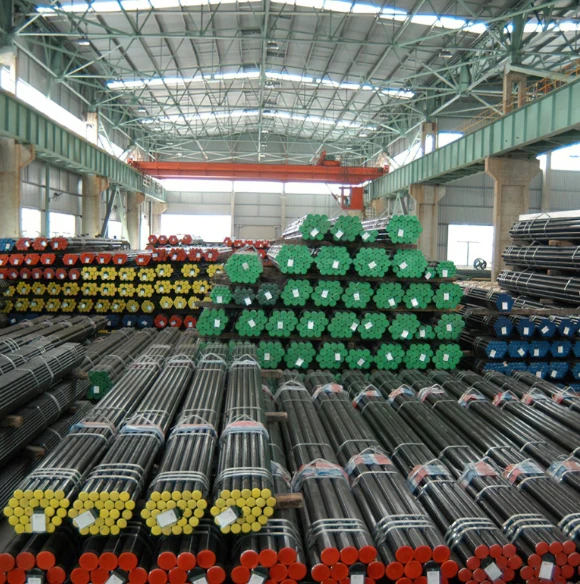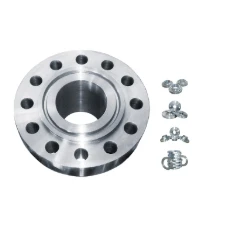

Applications of ASTM A106 Pipes The robust properties of ASTM A106 pipes, including its yield strength, make it a preferred choice across a variety of sectors. In the oil and gas industry, these pipes are instrumental in transporting various fluids and gases, where they must endure high pressure and corrosive environments. In power plants, especially those using fossil fuels, the ability of ASTM A106 pipes to withstand elevated temperatures is essential. Besides, the chemical industry also relies on these pipes for effective operation in processing plants where the handling of various chemicals at different temperatures is routine. Factors Influencing Yield Strength The yield strength of ASTM A106 pipes is influenced by several factors. Chemical composition plays a significant role, where elements like carbon, manganese, and sulfur must be balanced to enhance the pipe’s mechanical properties. Furthermore, the manufacturing process, including the seamless nature of ASTM A106, contributes significantly to its yield strength. Seamless pipes generally exhibit higher yield strengths compared to welded pipes, given the absence of weld seams that could potentially weaken the structure. Finally, heat treatment methods, like normalizing or tempering, can also modify the yield strength, enabling customization to match specific requirements. Conclusion For industry professionals selecting materials for high-pressure or high-temperature applications, ASTM A106 offers a reliable solution thanks to its considerable yield strength. Understanding the nuances of this property not only aids in ensuring the safety and efficiency of operations but also enhances confidence in the structural integrity of the systems in which these pipes are implemented. As the backbone of countless industrial processes, ASTM A106 pipes stand as a testament to the importance of careful material selection guided by well-established specifications and real-world performance data.
Post time: ਫਰ. . 02, 2025 01:14
Prev:

















